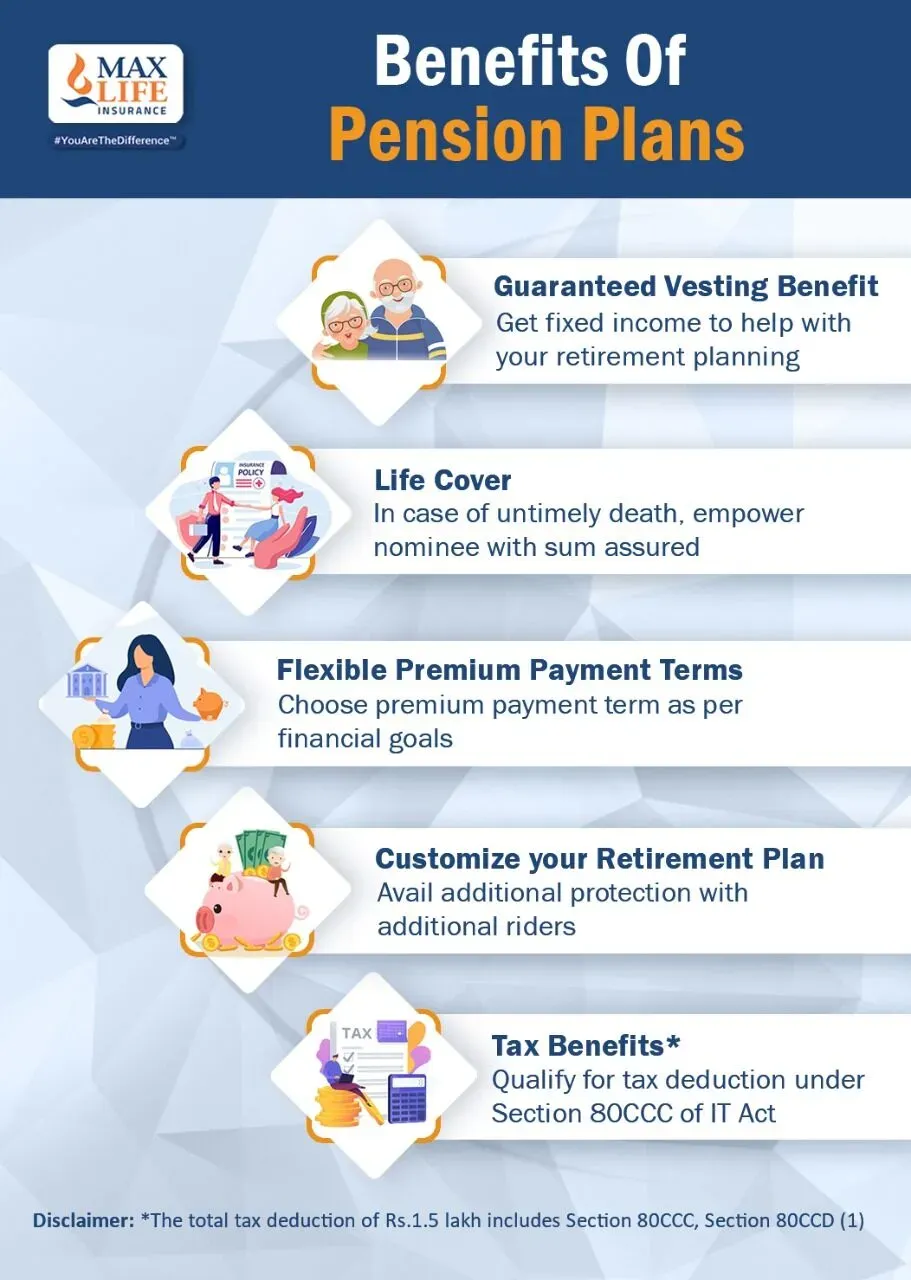Related Articles

Why Should I Buy a Pension Plan?
With an improvement in life expectancy the retirement phase in an individual’s life can go upto 30-35 years...
Read More
Retirement Plan Benefits
Retirement plans offer benefits during working years as well as post retirement...
Read More
How do Unit Linked Pension Plans Work
Unit Linked Pension Plans (also known as pension ULIPs) are insurance plans where some portion of your premium is invested in the market and the rest in life insurance...
Read More







We would like to hear from you
Let us know about your experience or any feedback that might help us serve you better in future.
Do you have any thoughts you’d like to share?